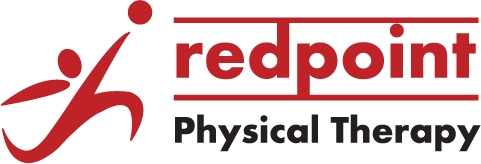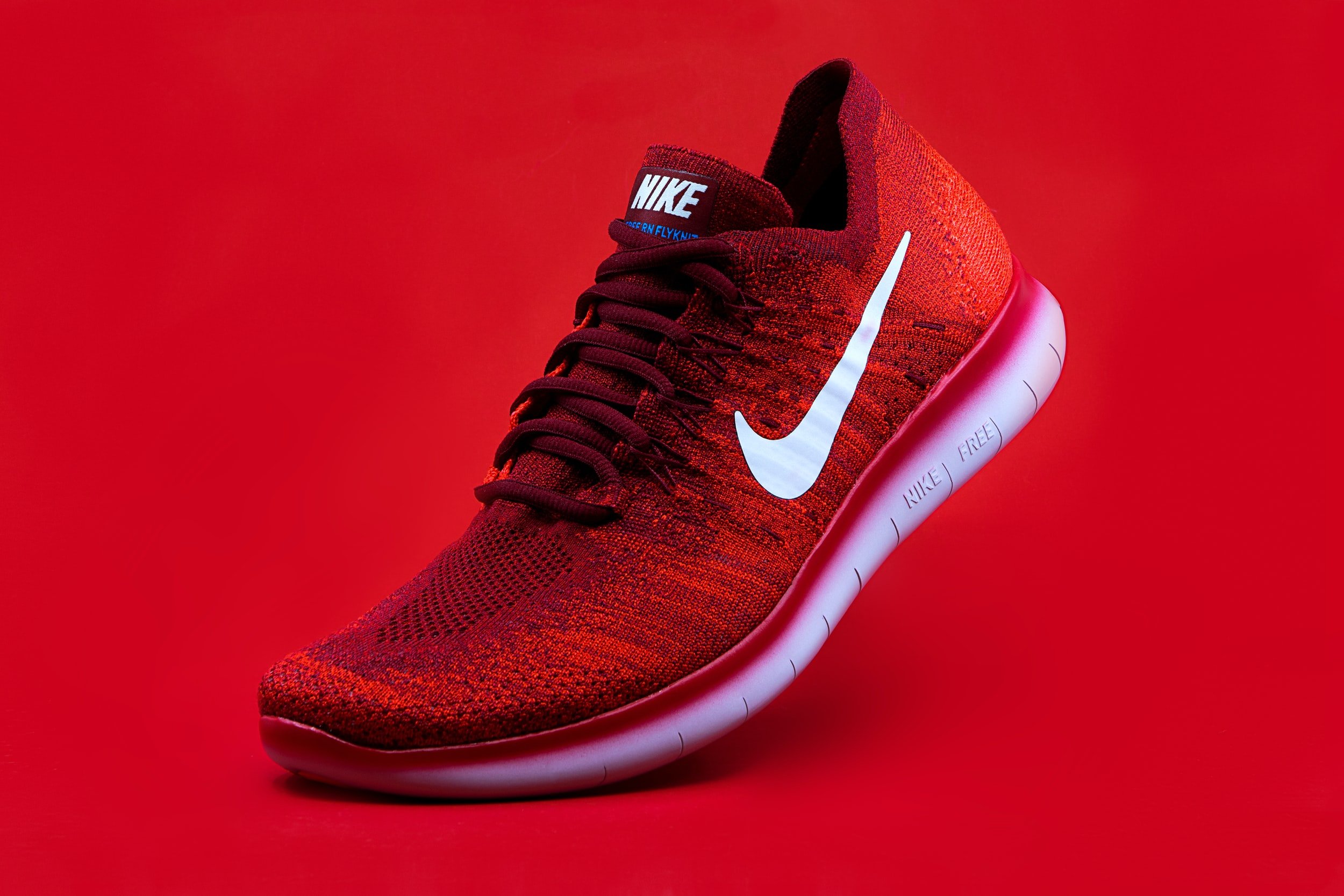Hip strength and running injuries, part 2, plus a little extra
Posted by Liz Sims, PT, DPT - Redpoint Physical Therapy, Plymouth, MA
Did you know that…
Running shoes as we know it, with cushioned soles, were invented by Nike in the early 1970’s? Prior to that, motion control athletic shoes did not exist, and cushioning was minimal. While Nike consulted doctors on the new model shoe, the decision to move to a more cushioned was not based on any significant research. Crazy, huh? The shoe industry never looked back… until recently, of course.
All of the following information has been adapted from a seminar I attended recently discussing the latest research on running and injuries. My apologies for not documenting the research behind this… it’s out there, but I have a toddler jumping on me and I just don’t have time to find it all for you….
The problem with supportive shoes is that, over time, the muscles in your feet become weakened and you become reliant upon supportive shoes. And supportive shoes lead to altered mechanics when you walk and run. There was a study done on gymnasts landing on soft mats versus firm mats which revealed a softer landing on the firmer mat. The implication is that, if there is more cushioning, you will make less effort to soften your landing, thus leading to greater forces through your joint.
Greater forces, which occur again, and again, and again when you land on your cushioned heel. Studies show a measurable spike in force going through the leg with heel striking, versus a much smoother increase in force with the forefoot and midfoot striking patterns that are common with minimalist runners. Another interesting fact… with an adequate transition to a minimalist running program, recent studies show a significant drop in the rate of injuries, including resolution of previous injuries with motion-control sneakers.
Barefoot and minimal support running has been a hot topic in recent years, with some contradictory research to confuse matters. But recent research does seem compelling enough to at least reconsider your footwear. And a lot of the early negative research can be tied into inadequate training and transition into forefoot running.
Do I think everyone should immediately switch to barefoot running or minimalist shoes? In a word, no. Theoretically, it is the better choice, but lot of things factor in. The transition program should be anywhere between 8 months to more than a year, and it involves serious retraining to muscles in your feet and hips. If you have a very sedentary job (another activity humans just aren't meant to do - sit for long hours) and don’t put in a lot of hours at the gym, it may not be realistic for you, because just sitting all day weakens all the muscles you’re working to strengthening.
But, everyone can benefit from strengthening up their legs and feet, especially as flip-flop season has finally arrived! As the presenter from this seminar pointed out, you wouldn't continue to wear a neck brace for the rest of your life because you experienced neck pain (or at least, you shouldn't do that!).
Last week, we talked about the importance of hip strengthening, and I gave you some exercises to start with. This week, here are a few exercises to help strengthen your feet and ankles:
Have you ever noticed that a baby's toes are more spread out, whereas most adult toes are pretty close together? This is likely the result of being crammed into shoes for the better part of your life. Your first challenge - and possibly the most annoying of all the exercises - is to learn to spread your toes apart again. With your feet flat on the floor, try to move your toes apart (called abduction).
Not the best picture of "toe abduction", but it gets the point across :)
Towel scrunches.
Next, a classic exercise for foot pain... towel scrunches are always good for strengthening up the supporting muscles in the arch of the foot. Lay a hand towel on a hardwood or tile floor, and use your toes to scrunch it up.
Heel raises performed in 3 different positions will help balance out muscle strength in your ankles and feet:
An exercise you may not be familiar with, called doming, really helps to strengthen the arch in your foot. With your foot flat on the floor, try to pick your arch up (essentially shortening your foot), then relax.
These exercises are good for most people, especially as most of you will shift to less constricting footwear over the summer. Just because you do these doesn't mean you should start running around town barefoot (though, with adequate training, you might)! As always, if you have any questions, consult a physical therapist!
Have you had any experiences with barefoot running or running with minimalist shoes? What made you change? How did it effect your body?





